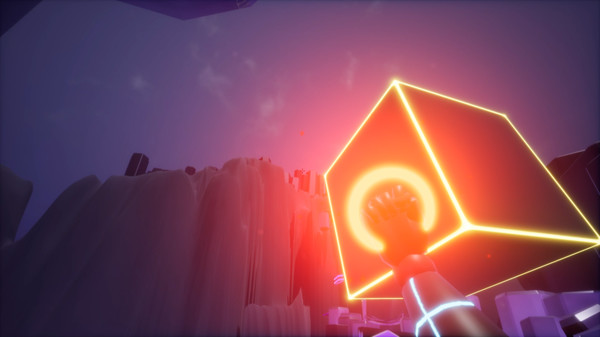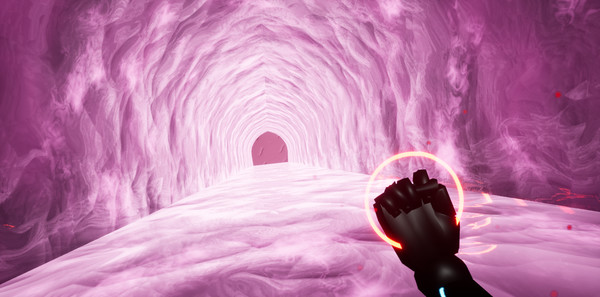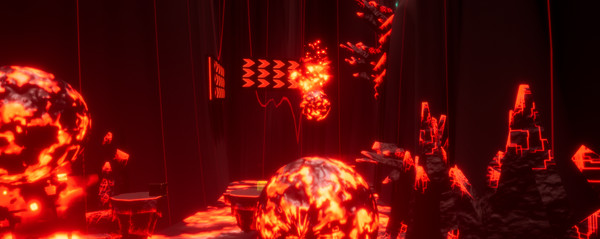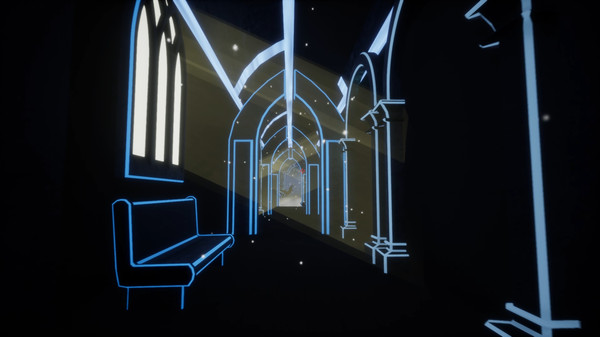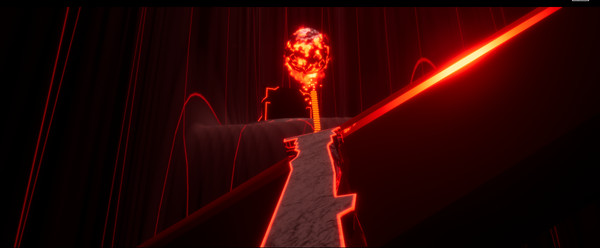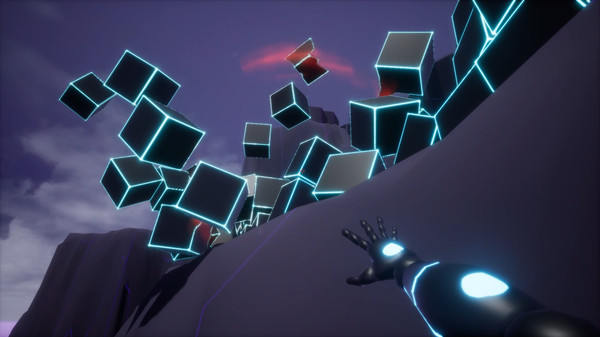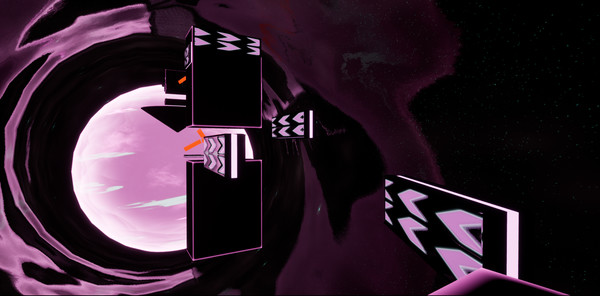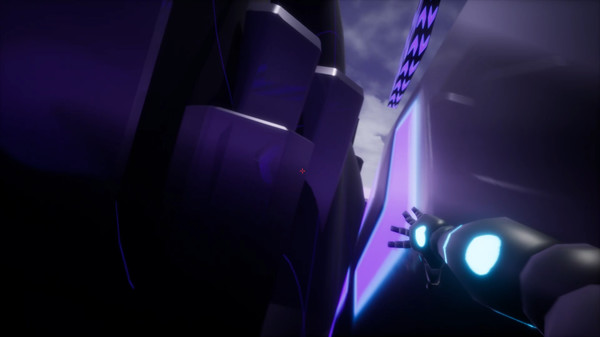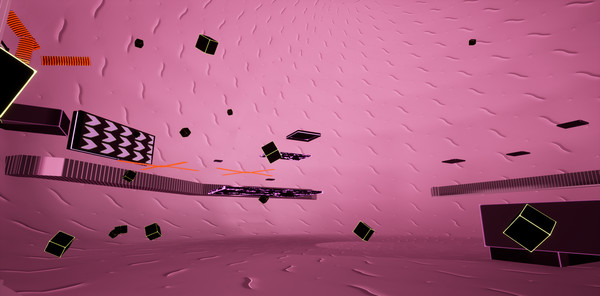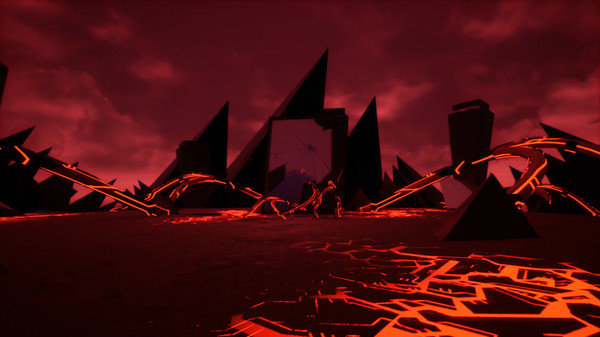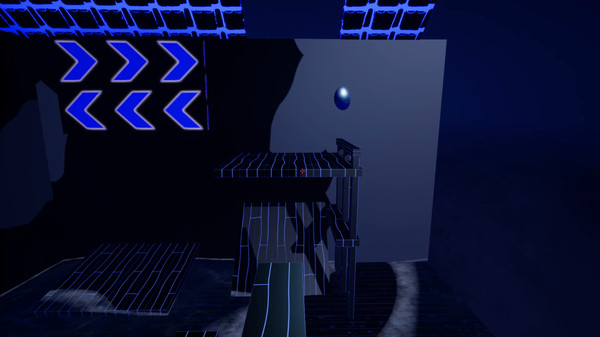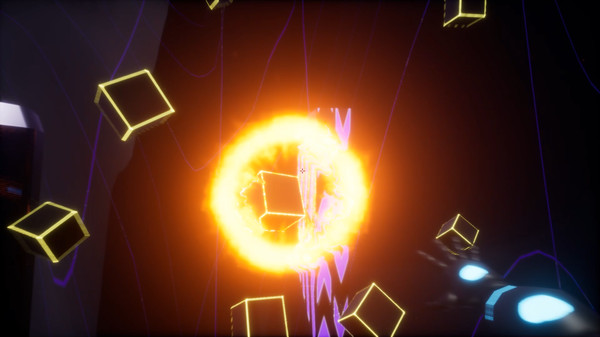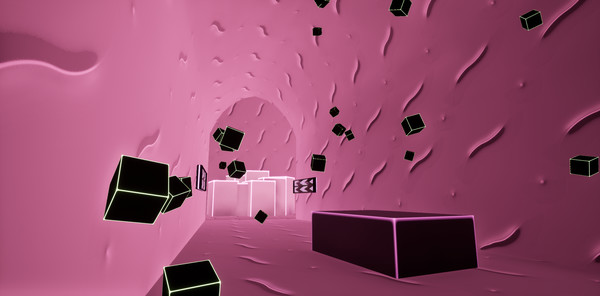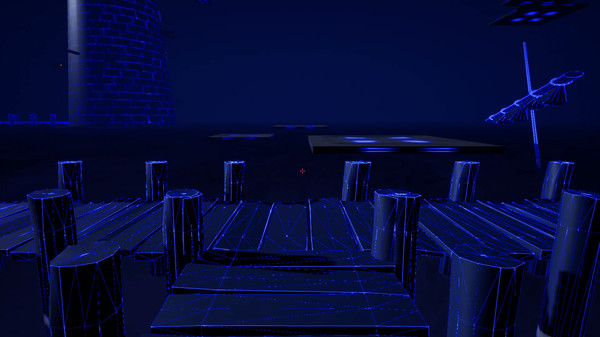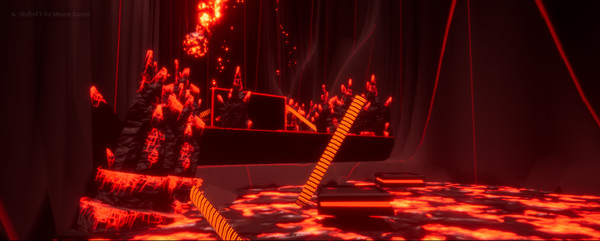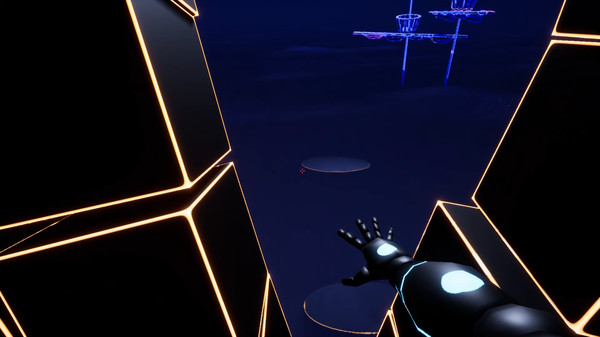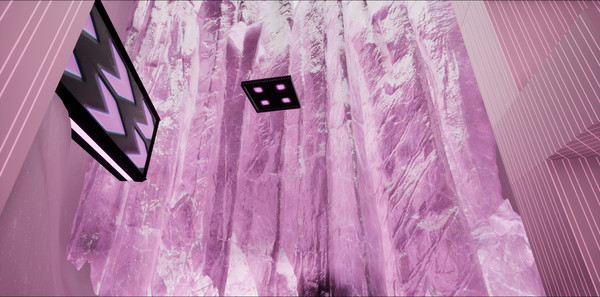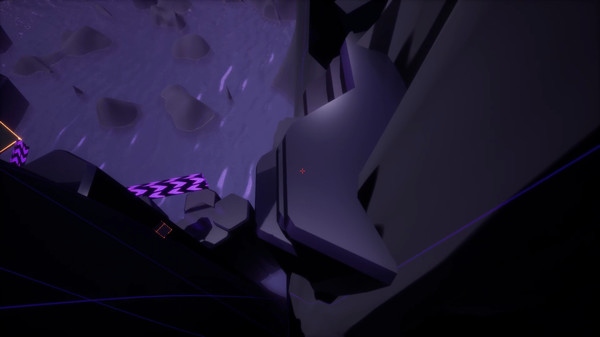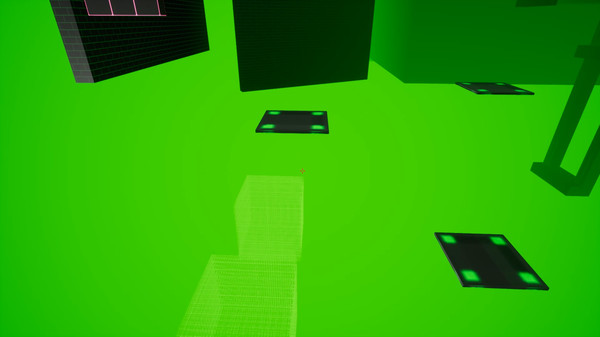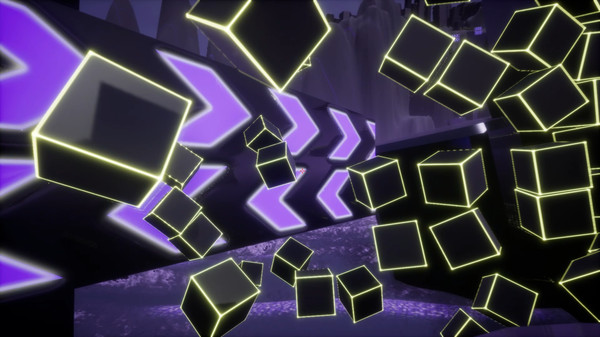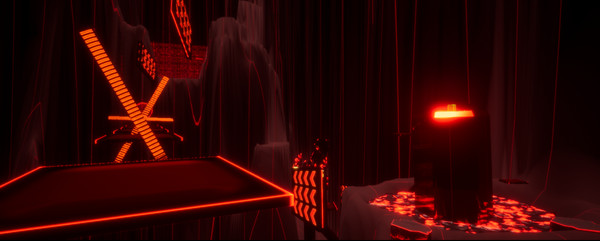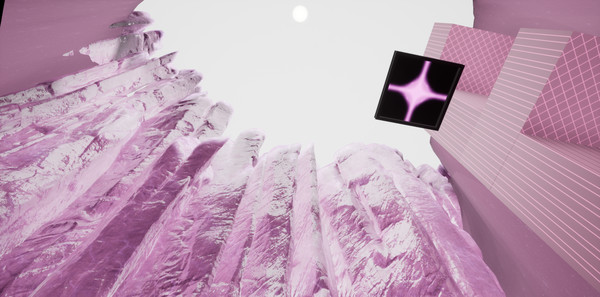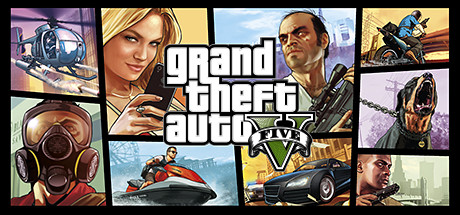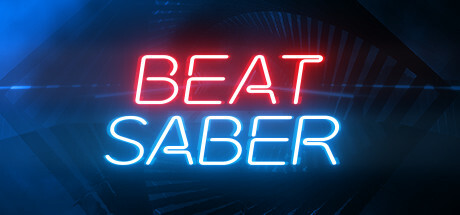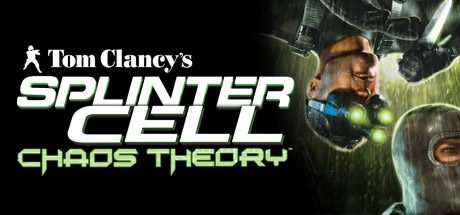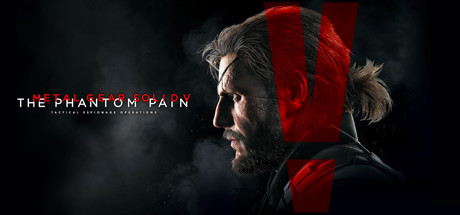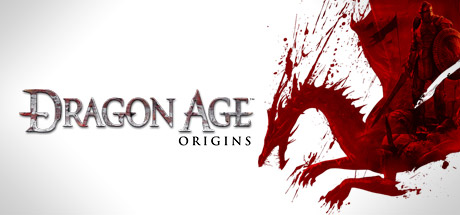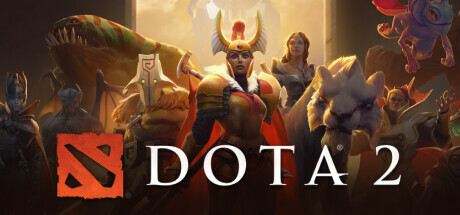Vectromirror™
About this game
About This Game

Trust and Misery.
As with our previous experiment, Vectromirror 0™, our focus has remained on cultivating an authentic emotional response from an AI-driven entity (i.e. “Test Subject”), leading it to the achievement of sentience. Trust and Misery have remained the two pillars by which we can deduce growth of sentience—emotions we humans more often identify as Faith and Grief.
The Test Subject failed to adequately produce these emotional responses during the Vectromirror 0 experiment. And yet, despite this, we remain confident and dedicated that this breakthrough is possible—and within reach.
Our first step towards progress: Rebuilding the simulation.
This new simulation—now dubbed simply “Vectromirror™”—contains more advanced, rigorous trials than its predecessor experiment. As the Test Subject will still need to traverse each course, we have optimized the Test Subject’s pre-existing set of “special abilities” (e.g., wall running, double jumping, parkour, etc.). We have also added a stasis hold/throw ability which allows the Test Subject to further exercise creativity in its puzzle solving and ability to overcome obstacles.
Our previous experiment did, at least, successfully prove that creatively implemented logic does correlate with humanlike emotional responses. We are confident that this new simulation will produce an undeniably humanlike emotional state.
We’ve maintained free access to our original scenario, Vectromirror 0, for those in the community who wish to experience the initial experiment. Test Subjects may even benefit from additional training in the previous courses if the new obstacles in Vectromirror prove to be more challenging.
Click Here To Access Vectromirror 0
This current iteration of the experiment is still in development; however, we remain confident that the Test Subject and its AI will achieve full sentience and experience true emotion.
We will not stop until the Test Subject has attained these goals… or is pushed to its absolute limits.
Whichever comes first.

As a result of significant testing conducted in our previous experiment, we have optimized the Test Subject's current features as follows:
Advanced Movement and Reflexes
During initial testing, the Test Subject proved capable of moving at exceptionally fast speeds; however, despite this promising initial result, this did not optimize our desired mobility capabilities for the Test Subject. Our R&D team set to researching for an upgrade to the Test Subject’s current movement capabilities. The Test Subject may now traverse surfaces easily while locking securely onto said surfaces.More testing on behalf of our R&D team will be necessary in order to continue optimizing the Test Subject’s reflexes further.
An additional note: Each time the Test Subject is deployed, a different level of reflexive memory adaptability is produced. This variance should be closely observed.
Force Pull, Hold, and Push
Our previous test focused on the Test Subject’s ability to remove objects in its path via push and pull manipulation. Unfortunately, this did not advance the AI’s response system with enough significance, rendering this method insufficient. However, we decided to keep the Test Subject’s ability to create massive blasts of energy intact. Rather than simple object manipulation as was the case in the previous test, the Test Subject’s energy blasts now allow it to also hold objects in a suspended state and propel objects in a specific direction. This allows the Test Subject to advance through the simulation and deactive barriers in a far less...forceful manner than before (more surgically).Accelerated Jumping
Further optimization of the Test Subject’s locomotion includes its accelerated jump ability—more commonly known as a “double jump.” We have increased the accessibility of this ability by allowing the “double jump” to activate so long as the Test Subject’s first jump initiates from a solid surface.Instant Memory Recall Upon Destruction
We have also continued to allow for the Test Subject to “reload” its scenario progress to an earlier point (a “checkpoint”) should it meet its demise. In addition, this instant recall ability will allow us to determine the effectiveness of the emotional stimuli on the Test Subject.
To ensure we achieve the desired results of our stakeholders, we will continue to update our experiment and test different variables. Our current plans include:
Virtual Reality Human Control
Through this use of Virtual Reality (VR) headsets and controls, we will be able to virtually link a human into the Vectromirror scenario and allow them to control the Test Subject directly. The human controller or “player” will be able to experience each success and failure instantly on a personal level and from a first person perspective. Thus, the player’s eyes will be the Test Subject’s eyes. Additionally, this will allow us to gain emotional intelligence insights and feedback from an actual human in real time.Additional Level Development
As stated previously, this initial experiment focuses on two key emotions—Trust and Misery. Without doubt, the Test Subject will adjust, and perhaps even master, the current scenarios. We will be introducing more level scenarios as time progresses as a result. To avoid stagnation of data provided by the Test Subject, we will also present harder scenarios.Time Trials
We have noticed certain anomalies in how the Test Subject performs. Variance in completion time occurs despite having access to all features available to the Test Subject at all times. In response, we hope to develop a ranking system to record and catalog these variant results and display these results to the public.(Perhaps there is a degree of emotional intelligence we did not account for that has manifested, giving individual facets of a developed id. More information needed to further this hypothesis…)
System Requirements
Minimum Requirements:
- OS: Windows 10
- Processor: Intel i5 or better
- Memory: 8 GB RAM
- Graphics: GeForce GTX 970 or better
- Storage: 4 GB available space
- Sound Card: Windows Compatible, Soundblaster MB5 or better
Recommended Requirements:
- OS: Windows 10
- Processor: Intel i7
- Memory: 16 GB RAM
- Graphics: GeForce GTX 1050
- Storage: 6 GB available space
- Sound Card: Windows Compatible, Soundblaster MB5 or better
Minimum Requirements:
OS:
Lorem ipsum dolor.
Processor:
Lorem ipsum dolor sit amet, consectetur
adipiscing elit.
Memory:
6 GB RAM
Graphics:
Lorem ipsum dolor sit amet, consectetur
adipiscing elit.
Disk Space:
42 GB available space
Architecture:
Requires a 64-bit processor and OS
API:
Lorem ipsum.
Miscellaneous:
Video Preset: Lowest (720p)
Recommended Requirements:
OS:
Lorem ipsum.
Processor:
Lorem ipsum dolor sit amet, consectetur
adipiscing elit.
Memory:
8 GB RAM
Graphics:
Lorem ipsum dolor sit amet, consectetur
adipiscing elit.
Disk Space:
42 GB available space
Architecture:
Requires a 64-bit processor and OS
API:
Lorem ipsum.
Miscellaneous:
Video Preset: High (1080p)
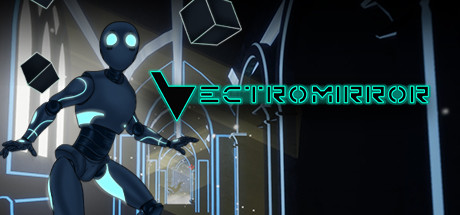
The experiment continues in Vectromirror™! Challenge yourself against brand new obstacles in dynamic worlds in the sequel to the popular Science Fiction Parkour Platformer Vectromirror 0™. Are you able to complete each 3D course and make it all the way through?
Game Information
- Publishers: Burnout Game Ventures
- Developers: The Vectromirror Initiative
- Categories: Action, Indie, Early Access, Strategy
- Release date: 13 Oct, 2020

